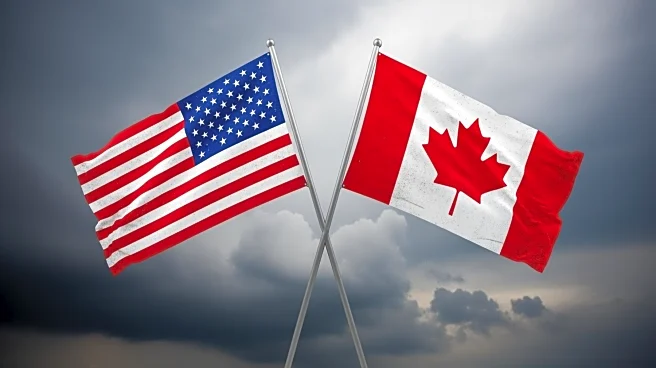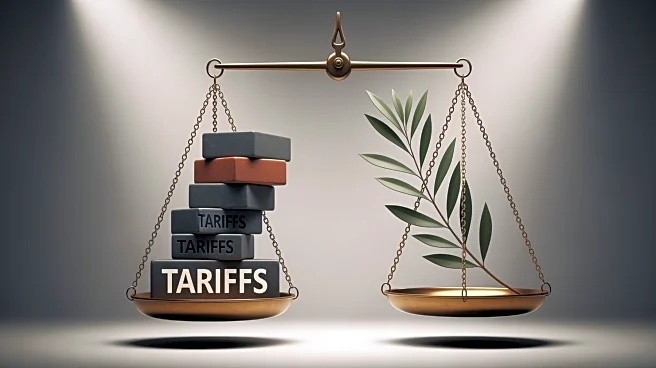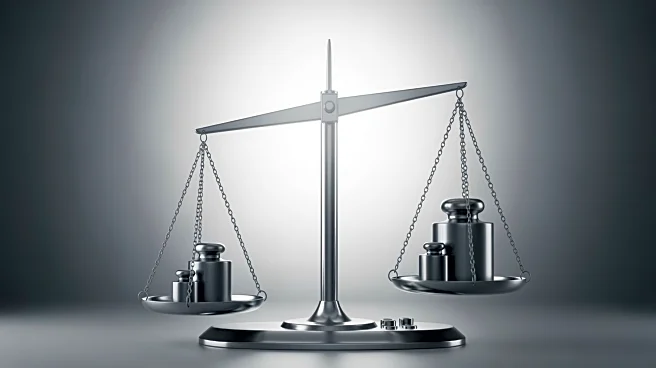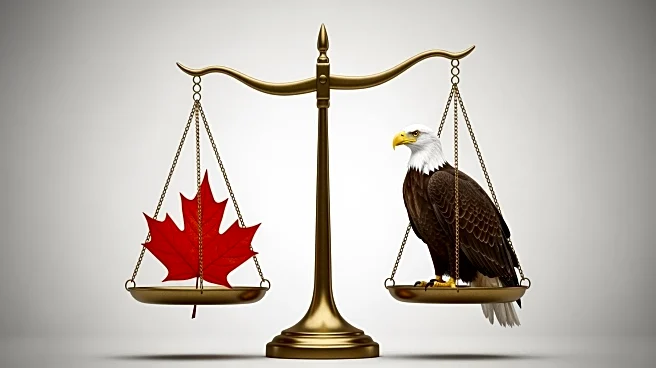What's Happening?
President Trump expressed his dissatisfaction with Canada over an anti-tariff advertisement, describing his feelings as 'very disappointed.' This statement was made to reporters aboard Air Force One. Following
this, President Trump announced on Truth Social his intention to increase tariffs on Canadian imports by an additional 10%. This move comes amidst ongoing trade tensions between the United States and Canada, highlighting the strained economic relations between the two countries. The decision to hike tariffs is part of a broader strategy by President Trump to address what he perceives as unfair trade practices by Canada.
Why It's Important?
The increase in tariffs on Canadian goods could have significant implications for both the U.S. and Canadian economies. For American consumers and businesses, higher tariffs may lead to increased prices on Canadian products, affecting sectors that rely heavily on imports from Canada. This could also strain diplomatic relations between the two countries, potentially impacting future trade negotiations. For Canada, the tariff hike could result in decreased export revenues and economic challenges for industries reliant on the U.S. market. The move underscores the ongoing trade disputes that have characterized President Trump's administration, reflecting broader themes of protectionism and economic nationalism.
What's Next?
The proposed tariff increase is likely to prompt reactions from Canadian officials and businesses, who may seek to negotiate or retaliate with their own trade measures. The development could also influence upcoming trade talks and agreements between the U.S. and Canada. Stakeholders in both countries will be closely monitoring the situation to assess the potential economic impact and explore strategies to mitigate adverse effects. Additionally, this decision may become a point of contention in domestic political debates, as policymakers and industry leaders weigh the benefits and drawbacks of heightened trade barriers.











